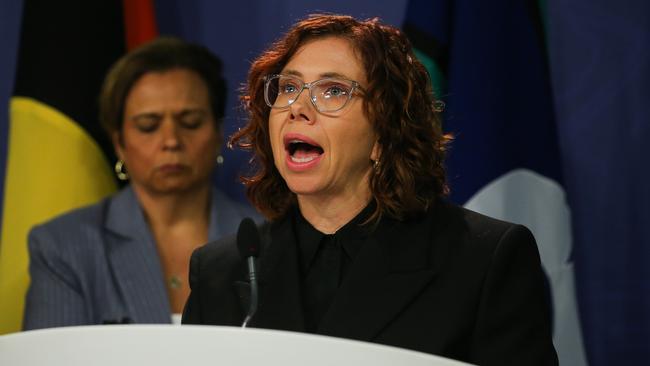
The deeming rate is the government’s assumed return on a retiree’s investments – it determines how much pension can be accessed by a retiree or whether they can get a pension in the first place.
Under the terms of a pre-election promise, the deeming rate has been frozen for the last two years with the top rate unchanged at 2.25 per cent.
The issue for the government is that the RBA cash rate is now sitting at 4.35 per cent. In terms of budget setting, the pressure is on to move the deeming rate higher.
Moreover, the Albanese government has already made it clear that it will actively review the deeming rate every year. A statement from Social Services Minister Amanda Rishworth in February 2022 announced how the new government would deliver on its commitment to the two-year moratorium on deeming changes and added that deeming “will be indexed on every July 1”.
Separately, Treasurer Jim Chalmers has said the deeming rate “should broadly reflect movements in the cash rate”.
At the Association of Independent Retirees, chief advocate Wayne Strandquist says: “We have accepted that we’ll see the deeming rate rise in the budget and we are hoping the government is sensible enough to put a cap on this rise – they should allow that cash rates may be coming down soon.”
Alongside the deeming rate, a range of related superannuation setting may – or may not – be ‘indexed’ for inflation depending on the view of the Treasurer. Though the aged pension is indexed for inflation twice a year to ensure elderly Australians are protected from rising prices – no such consistency is in place for self-funded retirees.
Inflation indexing is notably absent from measures such as the high income super contribution tax, known as division 293, and most controversially for the new super wealth tax, known as division 296. The new tax, due to formally launch on July 1 next year, cuts in at $3m and is charged at 15 per cent on unrealised gains.
The government’s decision to disallow indexing on the new super tax has even brought protests from the Greens, who have asked that inflation indexing be introduced as part of a proposed deal to pass the legislation, which was released unchanged last Friday (May 11) after a review by the Senate. The Senate report also allowed that the new tax could be adjusted in the future for inflation.
For now the deeming rate looks like this:
A rate of 0.25 per cent applies to the first $60,400 of a retirees total financial investments (or $100,200 for a couple). A rate of 2.25 per cent applies to financial investments above those amounts.
Pensioners can earn $204 a fortnight and $360 a fortnight for couples before the deeming rate can reduce their pension income.
In reality, the deeming rate has not been linked to the cash rate for years since former Treasurer Josh Frydenberg introduced an easing of conditions in July 2019.
In a surprise move, the Morrison government then cut deeming rates further and announced a two-year freeze in May 2022. Even then it was clear rising rates would mean that deeming rates were artificially low, and they are now exceptionally so.





Inflation protection stands out as a potential weak spot in the federal budget – especially for the half a million older Australians dependent on the deeming rate.